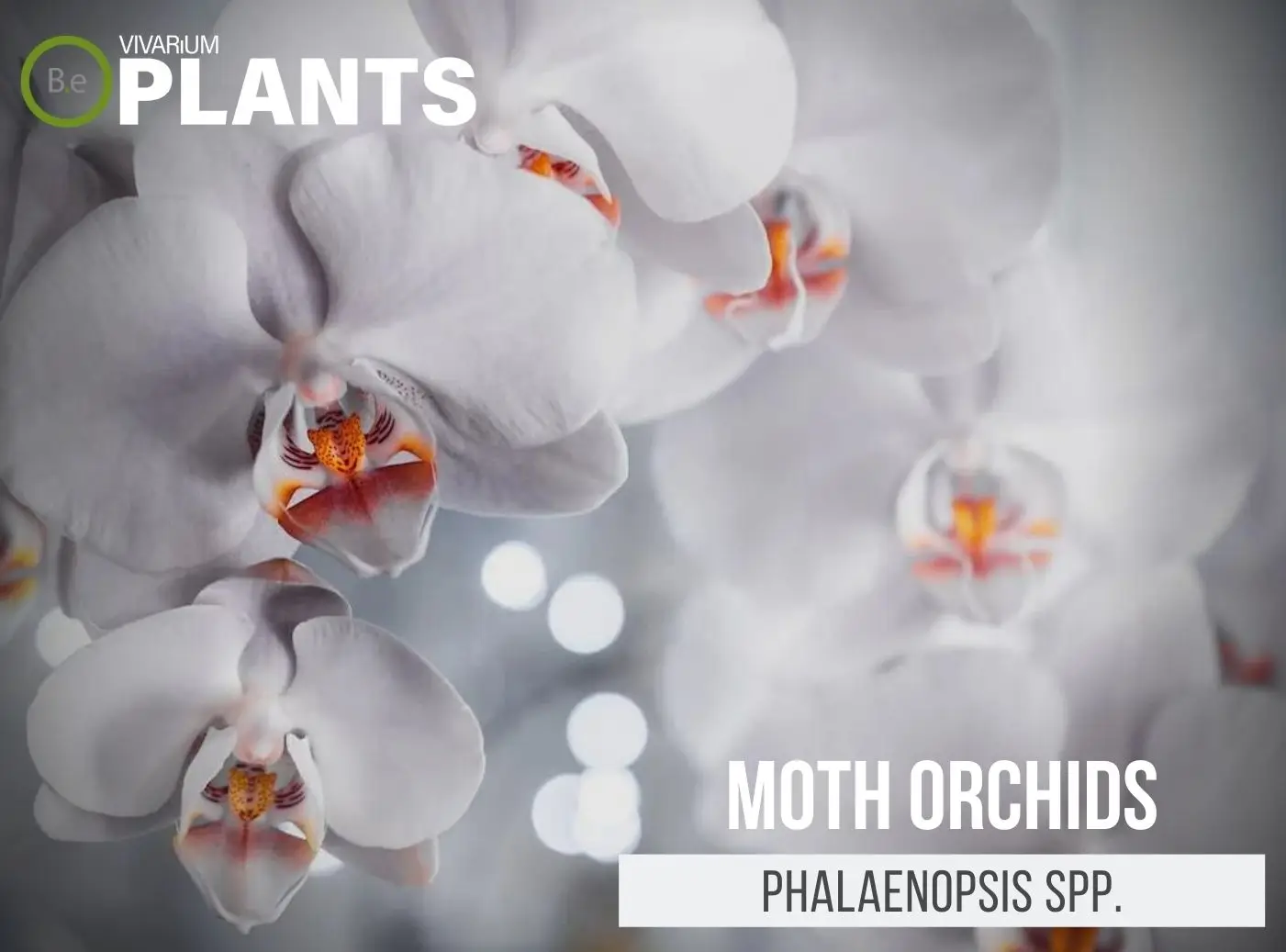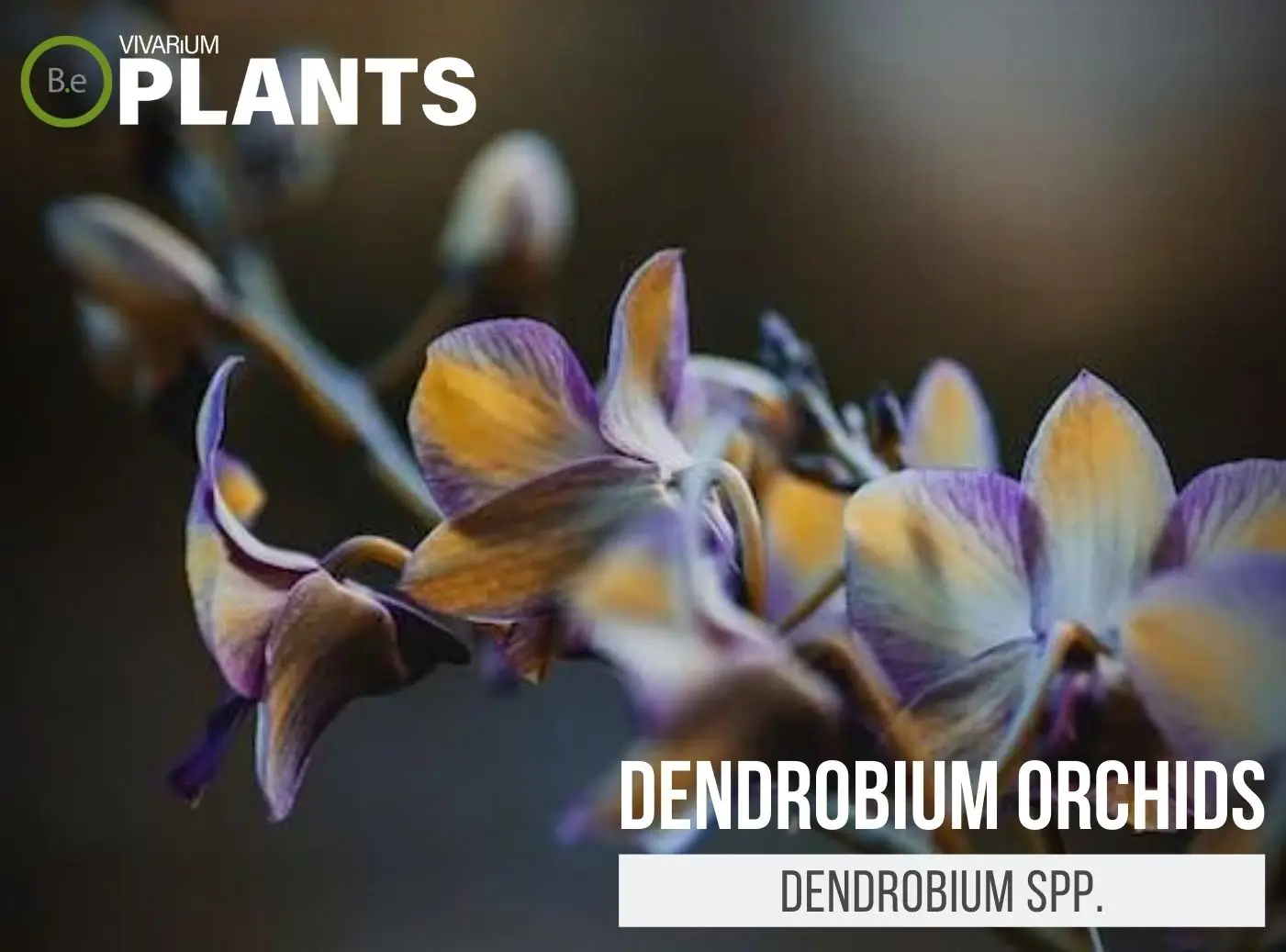I’d like to introduce you to Masdevallia orchids. These beautiful, petite flowers are a favorite among orchid enthusiasts.
With their unique blooms and versatile growth habits, Masdevallia orchids are an ideal choice for growing in terrariums.
In this article, we’ll explore the basics of Masdevallia orchids and discuss how to create the perfect terrarium for them.
From selecting the right species to caring for your orchid, you’ll learn everything you need to know about cultivating Masdevallia orchids in a terrarium.
So let’s get started and take a closer look at one of nature’s most captivating orchids.
| Quick Stats: | |
|---|---|
| Scientific Name | Masdevallia spp. |
| Common Name | Masdevallia Orchid |
| Family Name | Orchidaceae |
| Habitat | Tropical Climate |
| Temperature | 70°F to 82°F |
| Height | 8-12 inches |
| pH | 5.5 to 6.5 |
| Lighting | Moderate |
What Are Masdevallia Orchids?
Masdevallia is a genus of quite small, but very attractive orchids that is native to the tropical regions of Mexico, the northern part of South America, and Central America.
Depending on certain species and cultivars, the foliage can vary from a single, oblong-shaped leaf to two or more leaves growing from a single, short stem.
The most notable feature of Masdevallia is its vivid streaks of bright colors and unique flower spikes.


Masdevallia Orchids Facts
Masdevallia orchids are cool-growing mini orchids and the smallest of all orchid species.
Despite the species’ small size, these orchids are extremely resilient and can remain healthy in humid, indirect light environments.
With its upright growth habit, Masdevallia is an epiphytic orchid, meaning they grow on other plants, trees, or rocks and do not require soil to survive.
Description
Masdevallia orchids grow on upright spikes and come in many magnificent colors and patterns.
The foliage of these orchids is small and oblong-shaped, ranging from light green to deep green, depending on the species and cultivar.
The small, ruffled flowers bloom in the spring, summer, and fall, depending on the species, and can last anywhere from a few weeks to several months.
Habitat
Though Masdevallia can be found in tropical regions, the majority of plants are grown as a houseplant.
In the wild, these plants grow on rocks, trees, and other plants, providing a lot of airflow around the roots.
Masdevallia thrive in humid environments, with temperatures ranging from 70°F – 82°F.
pH Preference
Masdevallia do well with a slightly acidic pH ranging from 5.5 to 6.5. They do not need frequent fertilizing and should never be fertilized when in bloom.
Vivarium Type
Masdevallia orchids are well suited to growing in terrariums, as they thrive in humid, warm environments.
A terrarium should be large enough to provide enough space for the orchid to spread its roots and should have a tight–fitting lid to maintain humidity.
Vivarium Placement
Masdevallia Orchids should be placed in the mid-ground of the vivarium and should not be in direct sunlight.
The humidity should remain high and should be misted regularly.
Masdevallia also makes a great epiphyte and can be mounted to wood montages or used to create a bush-like appearance in your vivarium.
Substrate
Masdevallia spp. should not be planted in soil and should be placed in an epiphytic medium such as fir bark or clay pellets (LECA).
An appropriate planting medium is essential for these orchids to keep the roots well-aerated.
Lighting
Masdevallia orchids need bright but indirect lighting. Placing them near windows, or near a bright terrarium light source with a shade facing it can provide Masdevallia with the optimal amount of light they need.
Buy Masdevallia Orchids
When shopping for orchids, expect a few key indicators you are buying the best quality plant.
The plant should be pest free. The source of the orchid will more than likely not be in bloom so don’t worry if it arrives without flowers.
Click the image below to find out more about the current price and other relative info:
Masdevallia Orchids Care and Propagation
Masdevallia need to be watered twice a week when the leaves feel dry and should be misted daily with either distilled or rainwater.
Also, a small fan should always be used to increase the air movement around the plant.
Propagating these plants may require some patience as it is a very slow process.
However, it can be achieved by waiting for the plant to push a number of new roots into the substrate.
The best way to propagate Masdevallia is to allow the original spike to dry out completely, the cutting that has pushed a new root from it, and let the cuttings form a new spike.
How to grow
As mentioned above, Masdevallia can be propagated by cutting off its spike and allowing the cutting to form a new spike and root.
The best way to propagate Masdevallia is to allow the original spike to dry out completely and the cutting to form a new spike.
Provide humidity around the cutting with a clear plastic dome and mist the cutting once a day. After a few weeks, the cutting should start to form a new spike and root.
Watering
When watering Masdevallia, it is important to use water that is at room temperature and to not let the plant sit in standing water.
Watering should also be done in the morning so that the foliage has enough time to dry throughout the day, reducing the chances of disease.
Plants Similar To Masdevallia Orchids
Adding diversity to an enclosure is key to an aesthetically pleasing enclosure.
Try mixing up the look of your terrarium with different flora that can easily co-exist in the same types of environment.
Furthermore, if for some reason you find this orchid hard to acquire or would like to consider something similar to this terrarium plant…
Here are some other plants you might find may do well with or in the place of Masdevallia spp.:
Conclusion
Overall, Masdevallia spp. is an excellent and eye-catching addition to any vivarium. With its vibrant and unique colors, the Masdevallia can thrive in a variety of environments, from low-light to humid, indirect-light environments.
With just a little bit of care, this small and hardy plant can bring beauty to any hobbyist’s vivarium.




